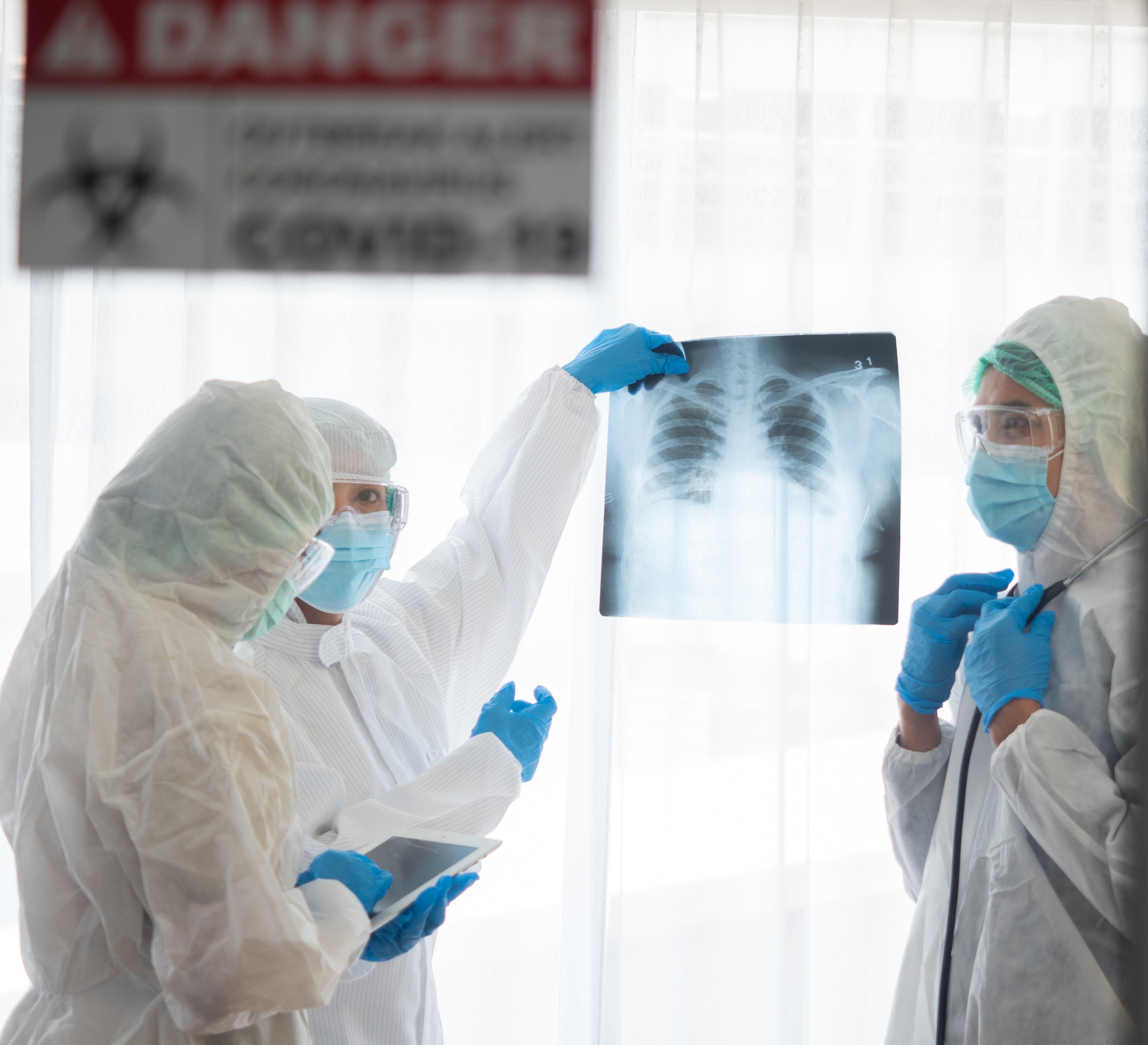 ANAPHYLAXIS AND COVID-19 VACCINES
ANAPHYLAXIS AND COVID-19 VACCINES
Jeannette Comeau and Karina Top | March 10, 2021
Jeannette Comeau is an Assistant Professor of Pediatrics at Dalhousie University.
Karina Top is an Associate Professor of Pediatrics and Community Health & Epidemiology at Dalhousie University.
COVID-19 immunization across the country is now shifting from immunization of health care workers and those in long-term care facilities to the general population by age. As this roll-out evolves, ensuring that personnel working at large community-based clinics are able to manage rare immediate complications following vaccination becomes increasingly urgent. Vaccine acceptance can be strongly influenced by perception of the risk of adverse events and how well they are handled. Thus, good clinical practice means that, once someone has received the vaccine, that individual remains in the clinic for at least 15 minutes for observation and to ensure prompt management of adverse events that may arise.
Anaphylaxis, a potentially life-threatening allergic reaction, is one such complication. There has been much media attention about anaphylaxis as it relates to the COVID-19 vaccines approved in Canada and in other countries. While frightening for the affected person and a condition that requires acute medical attention, anaphylaxis is treatable. The key is for medical practitioners to be in a position to accurately diagnose the condition because anaphylaxis can be confused with conditions that are not of the same medical importance.
The Brighton Collaboration, an international consortium that develops standardized case definitions, states that:
Anaphylaxis is an acute hypersensitivity reaction with multi-organ-system involvement that can present as, or rapidly progress to, a severe life-threatening reaction. It may occur following exposure to allergens from a variety of sources including food, aeroallergens, insect venom, drugs, and immunizations.[1]
Anaphylaxis is further defined by level of diagnostic certainty as it relates to the rapidity of onset and the symptoms a person may have. Broadly speaking, anaphylaxis has a rapid onset (often between 5 and 15 minutes after vaccination) reaction that can involve the skin (hives, lip swelling), airway (wheezing, stridor), cardiovascular system (low blood pressure), and cause nausea or vomiting, agitation, uneasiness and/or loss of consciousness. While not all of these symptoms are required to meet criteria for anaphylaxis, symptoms from at least two systems should be observed. The median time to anaphylaxis following immunization is 15 minutes according to the Canadian Immunization Guide, which is the data that drives the 15-minute timeframe recommended for observation post vaccination. For individuals who have developed anaphylaxis following injection of medication in the past, the observation period should be increased to 30 minutes.[2]
Anaphylaxis can sometimes be confused with fainting (syncope) and/or symptoms and signs of anxiety or a stress response. A few of the major differentiating factors are that unlike with anaphylaxis, the airway and lips do not swell, and blood pressure is not extremely low in the case of fainting or a stress response. Rather, during a stress response blood pressure is often high. Because the treatment of these conditions is not the same, recognizing their differences is important. Many provinces have developed guides with tables contrasting the three clinical entities. One good example adapted from the BCCDC document as follows:[3]
|
|
Anaphylaxis |
Fainting |
Stress Response / Anxiety |
|
Definition |
A potentially life threatening allergic reaction that is rapid in onset and progression of symptoms. |
Temporary unconsciousness due to painful stimuli or emotional reaction. |
A protective physiological state recognized as fear, apprehension, or worry. |
|
Time to Onset |
|
or shortly after trigger (e.g., sight of the needle) |
|
|
Skin
|
|
|
|
|
Breathing |
|
|
|
|
Cardiovascular |
|
|
|
|
Gastrointestinal
|
|
|
|
|
Other Symptoms and Behaviours
|
|
|
|
Once recognized, it is paramount that anaphylaxis be promptly treated. Therefore, it is important that each vaccine clinic contain anaphylaxis kits that include epinephrine and the supplies required to administer it.[4]
In addition to emergency management within the vaccine clinic space, all individuals who have received epinephrine should be transferred to the local Emergency Department for further monitoring and treatment as required. An important enzyme release by mast cells (cells involved in an anaphylactic reaction) is tryptase which can be detected through a blood sample and help sort out whether the reaction was due to an allergy. Therefore, ideally upon arrival at the Emergency Department, a tryptase level should be drawn.
A large American study published in February 2021 revealed a frequency of 4.7 cases of anaphylaxis per million doses administered of the Pfizer vaccine and 2.5 cases of anaphylaxis per million doses administered of the Moderna vaccine[5] with some individual sites reporting higher rates[6]. Canadian data thus far have revealed a rate of 30 cases of anaphylaxis per million doses administered (Pfizer and Moderna vaccines combined)[7], while the UK and France are reporting 5 to 18 cases of anaphylaxis per million doses administered.[8] Frequencies of anaphylaxis events are carefully being evaluated as the vaccine roll-out continues. As time evolves, we may see the rate change due to further critical evaluation of each event, as well as variability in frequency of anaphylaxis is different age groups.
The potential for a life-threatening reaction can be concerning when presenting to be immunized, but anaphylaxis remains a rare event, and can be treated successfully when recognized quickly.
This article initially appeared in the Globe and Mail on March 10, 2021.
References


